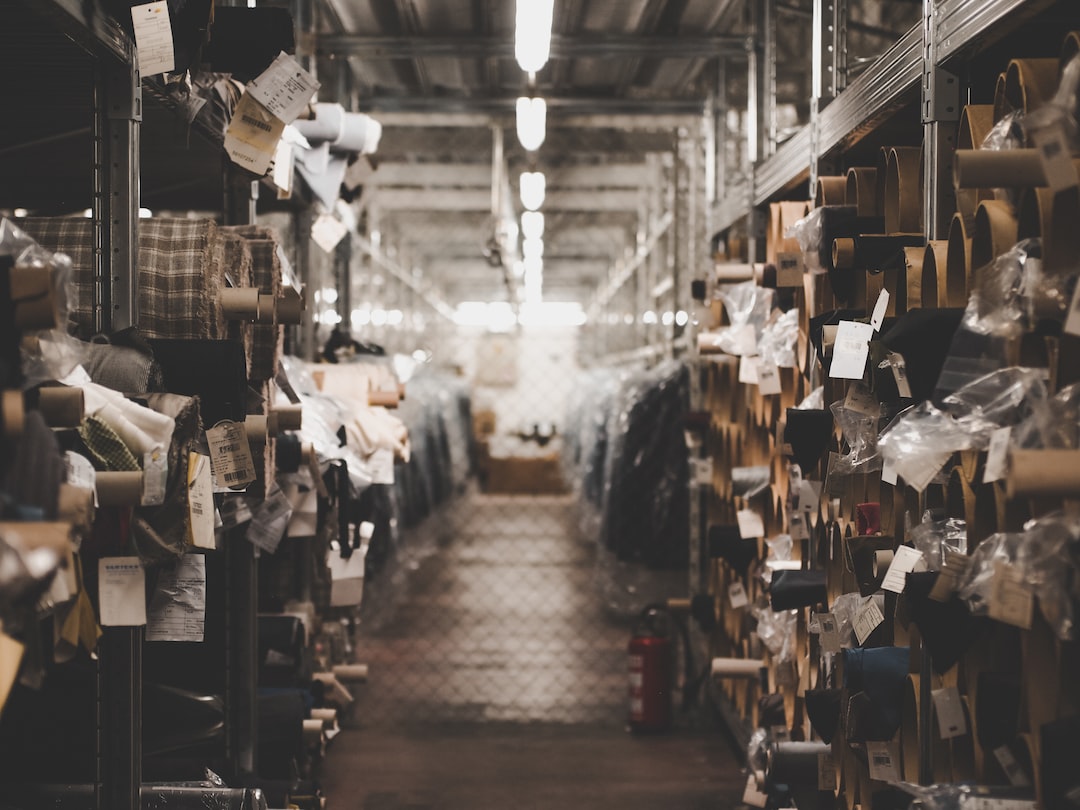Understanding the Role of Human-Machine Collaboration in Manufacturing
The manufacturing industry has undergone a significant transformation in recent years, with the integration of advanced technologies like artificial intelligence (AI), robotics, and automation. These technologies have revolutionized the way goods are produced, making manufacturing processes faster, more efficient, and cost-effective. However, with the rise of automation, concerns about job losses and the future of human workers in manufacturing have also emerged. This is where the concept of human-machine collaboration steps in.
Human-machine collaboration refers to the partnership between humans and machines to achieve better results in manufacturing. It recognizes the unique strengths of both humans and machines and leverages their capabilities for optimal production outcomes. Rather than seeing machines as replacements for human workers, this approach views them as tools that can enhance human abilities and productivity in the manufacturing process.
One key aspect of human-machine collaboration is combining the strengths of human workers, such as creativity, problem-solving skills, and adaptability with the precision, speed, and efficiency of machines. While machines excel at repetitive tasks and processing vast amounts of data quickly, humans possess the ability to think critically, innovate, and make complex decisions based on their experience and expertise. By harnessing the power of both, manufacturers can achieve new levels of productivity, quality, and flexibility.
One area where human-machine collaboration has gained particular traction is in quality control and inspection. Traditionally, quality control has been a labor-intensive and time-consuming task, requiring human workers to inspect products manually. However, with the advancements in machine vision technology, cameras and sensors can be used to automate quality control processes, reducing the need for manual inspections. By employing AI algorithms, machines can identify defects, measure dimensions, and inspect products with incredible accuracy and speed. This not only improves the overall quality of the products but also frees up human workers to focus on more complex tasks such as process optimization and problem solving.
Another significant aspect of human-machine collaboration lies in predictive maintenance and machine monitoring. Machines equipped with sensors and connected to the Industrial Internet of Things (IIoT) can constantly monitor their own performance and identify potential issues or breakdowns before they occur. This information is then relayed to human workers who can take preventive actions, reducing downtime and increasing overall efficiency. By combining the predictive capabilities of machines and the troubleshooting skills of humans, manufacturers can save costs, improve productivity, and extend the lifespan of their equipment.
Collaboration between humans and machines also has implications in terms of workforce empowerment. Rather than fearing the displacement of human workers, the focus should be on upskilling and reskilling them to work alongside advanced technologies. As machines take over repetitive and mundane tasks, human workers can be trained to operate and program these machines, ensuring their smooth integration into the workforce. Investing in training programs and providing opportunities for continuous learning can empower workers to adapt to the changing dynamics of manufacturing and acquire new and relevant skills needed in the era of human-machine collaboration.
Furthermore, human-machine collaboration holds immense potential in the field of innovation. When humans and machines collaborate on tasks, they bring together different perspectives, ideas, and ways of thinking. This diversity of inputs can lead to breakthrough solutions and innovative approaches to manufacturing challenges. By fostering a working culture that encourages collaboration and knowledge sharing, manufacturers can create an environment where humans and machines complement each other’s strengths to drive innovation and enhance product development processes.
In conclusion, understanding the role of human-machine collaboration is crucial for harnessing the full potential of advanced technologies in manufacturing. Rather than viewing machines as a threat to human workers, manufacturers should embrace this collaboration to optimize productivity, improve quality, and drive innovation. By leveraging the unique strengths of both humans and machines, it is possible to create a manufacturing environment that benefits from the best of both worlds, ultimately leading to a more sustainable and prosperous future for the industry.

